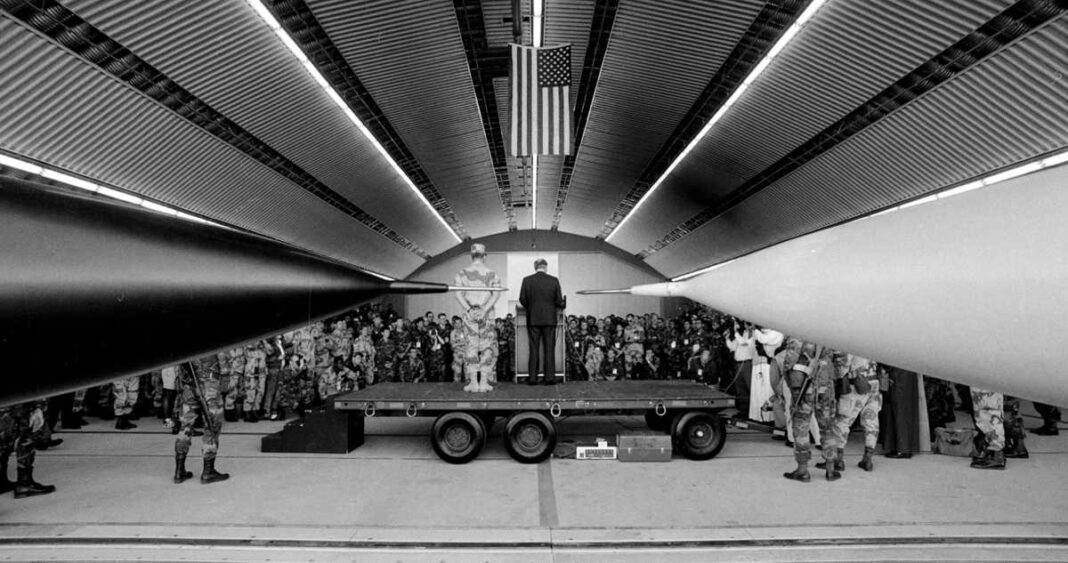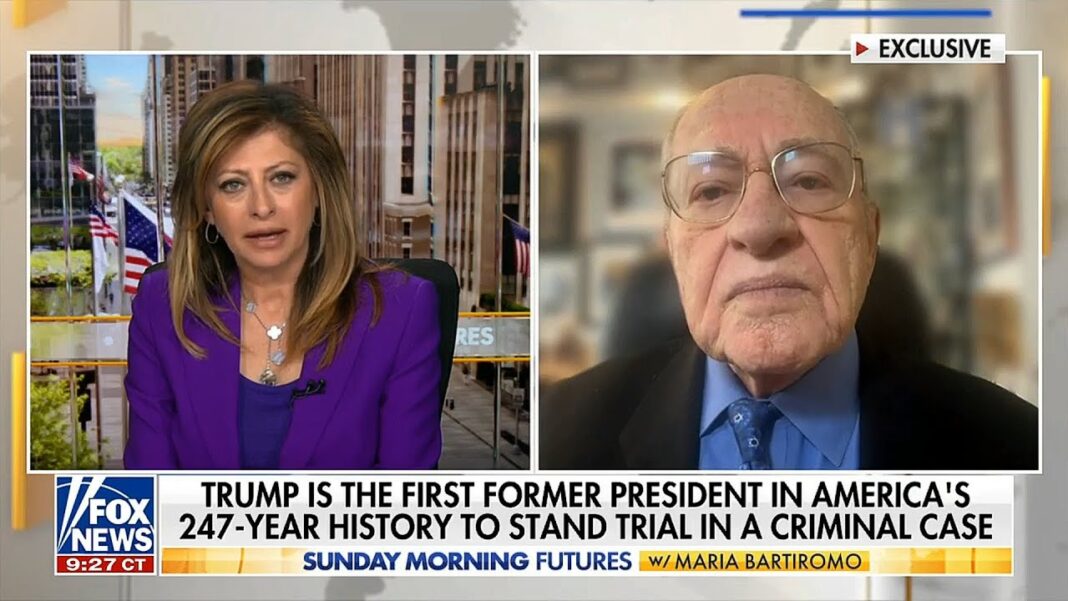
How the MIC and the Neocons Keep America Losing
It is painfully apparent to anyone of sound mind and judgment that there’s something gravely wrong with America’s current military capacity and our ability to project power in the world. The WWII-era fighting force composed of fourteen million GIs with a muscular industrial base backing them up is almost unimaginable today. In the last three years, five different US embassies have been hastily evacuated: Sudan, Afghanistan, Belarus, Ukraine, and Niger. Americans are held hostage in Gaza; commercial shipping traffic is blockaded and our ground and naval forces are shot at daily with impunity. How did America go from winning the Cold War and becoming the sole global superpower in the 90s to the state of disarray that we find ourselves in now?
One reason is financial. All warfare has an underlying economic basis and a nation’s military power reflects its economic structure. Today in America the “exorbitant privilege” of the US dollar and the unlimited printing press of fiat currency it enables means current US defense spending is essentially covered by debt: indeed at least 30% of the current national debt consists of military overspend from the so-called Global War on Terror. This reality has created an absence of strategic discipline, and a military policy that prioritizes a tiny guild of contractors feeding an obese top-heavy structure rather than winning wars.
The roots of the current situation reach back to the election of Reagan in 1980. Reagan started a pivot from 35 years of containment to a more aggressive approach, covered by deficits. Channeled economically, politically, culturally, socially, and through covert action these measures helped to bring an end to the Soviet Union, but at a critical strategic cost. Partly as a consequence of the central economic role that the USSR had come to play for the US defense industry, the opportunity to positively engage with Russia after 1991 was rejected by the dominant neoconservative faction and their military-industrial complex allies in Washington. Originally Trotskyites, the Neocons had taken root in the corporatist wing of the Republican Party and gradually increased in influence, to eventually become dominant in the Washington Beltway foreign policy and emblematic of its mentality of continuous warfare funded by an unlimited fiat printing press.








